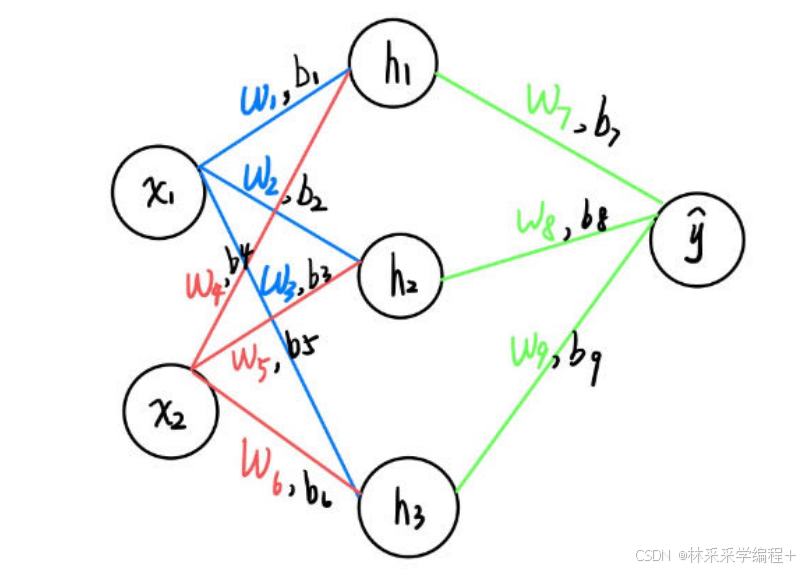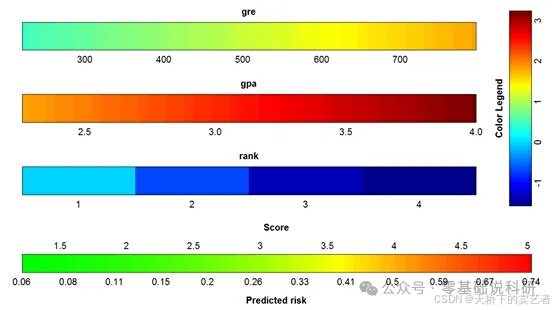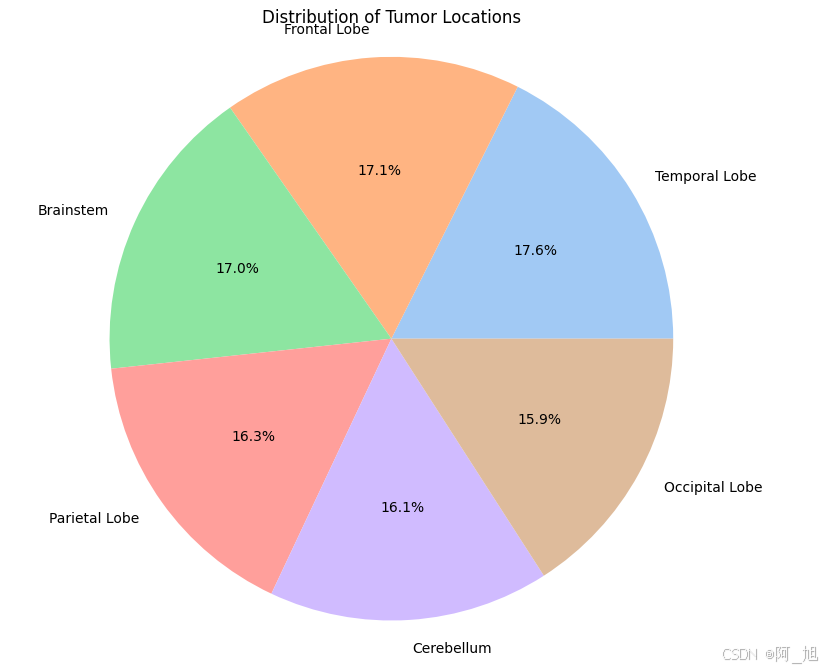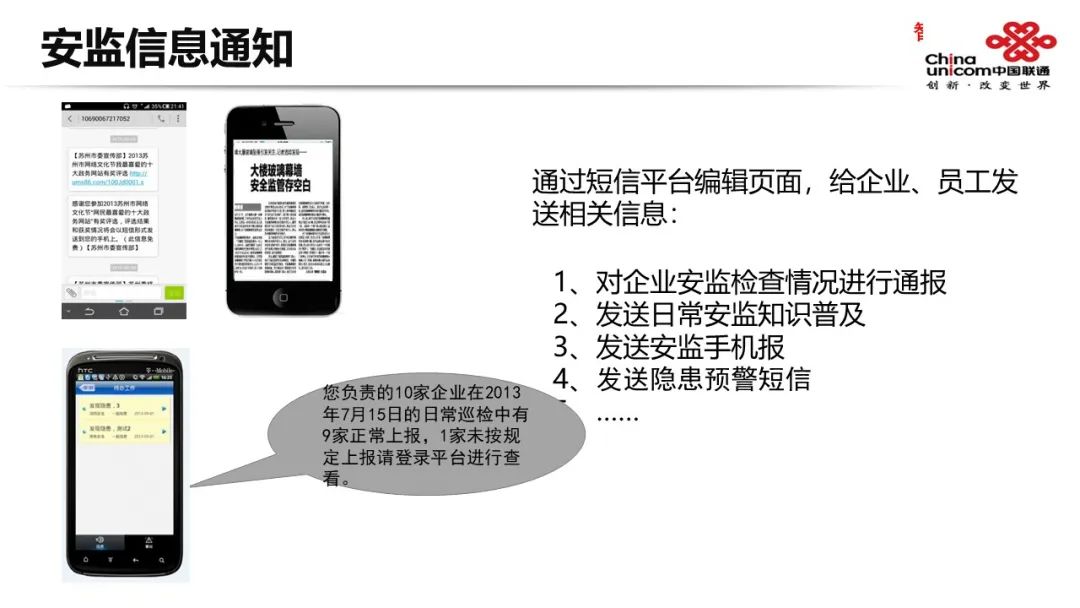文章目录
- 3.3 复杂分片算法
- 3.3.1 COMPLEX_INLINE 复杂行表达式分片算法
3.3 复杂分片算法
3.3.1 COMPLEX_INLINE 复杂行表达式分片算法
复合分片比较灵活,适合于分片的字段比较多,分片比较复杂的场景,使用这种分片的话必须对自己的业务比较明确
| 属性名称 | 数据类型 | 说明 | 默认值 |
|---|---|---|---|
| sharding-columns (?) | String | 分片列名称,多个列用逗号分隔。如不配置无法则不能校验 | |
| algorithm-expression | String | 分片算法的行表达式 | |
| allow-range-query-with-inline-sharding (?) | boolean | 是否允许范围查询。注意:范围查询会无视分片策略,进行全路由 | false |
这样看官方文档还是写的不够详细,举个例子,创建一个用户表结构如下,分别是数据源ds1/ds2中分别创建以下两张表
实现目标:根据用户类型user_type和部门dep_id进行复杂分库分表
配置yaml如下:
spring:
shardingsphere:
rules:
sharding:
tables:
# 用户表
sys_user:
actual-data-nodes: ds${0..1}.sys_user_${0..1}
key-generate-strategy:
column: id
key-generator-name: snowflake
database-strategy:
standard:
sharding-algorithm-name: id_db_algorithm
sharding-column: id
table-strategy:
# 注意:声明为复杂算法
complex:
# 指定参与复杂算法的分片列
sharding-columns: user_type,dep_id
sharding-algorithm-name: user_type_dep_id_algorithm
# 配置分片算法
sharding-algorithms:
id_db_algorithm:
type: INLINE
props:
algorithm-expression: ds$->{id % 2}
user_type_dep_id_algorithm:
# 指定类型为复杂行算法
type: COMPLEX_INLINE
props:
# 依然是使用groovy表达式
algorithm-expression: 'sys_user_$->{((user_type.isInteger() ? user_type.toInteger() : 0) + dep_id) % 2}'
配置解释
- 分片表的相关配置不再赘述,需要注意的是复杂算法需要去标准算法区分声明为
complex - 该配置中分库还是用简单行表达式,也不再赘述
- 算法声明
- 算法的类型为 复杂行表达式算法
- 表达式依然用使用groovy表达式,可以借助AI帮忙生成
- 配置中表达式是根据user_type加上dep_id后取模进行计算得到
进行测试:
测试一:随机生成用户并插入数据库,打印出来插入对象和预测结果,和实际插入的真实表对比


测试二:查询条件带有user_type和dep_id,测试分表逻辑是否生效





















